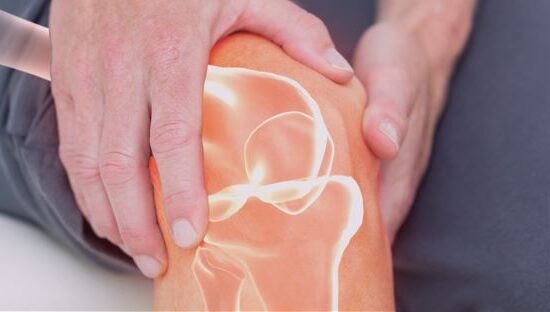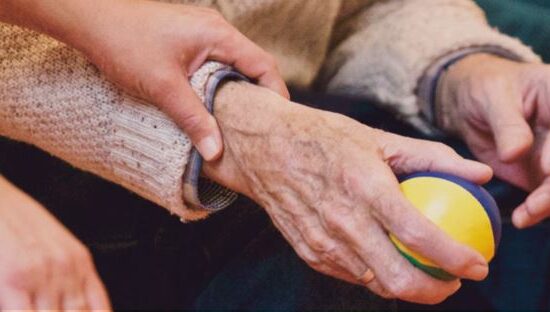If your legs appear swollen, you may have leg edema. Here’s how to tell and how to treat it.
Leg edema: What is it?
Edema is when serous fluid seeps into the subcutaneous tissues of the leg. It occurs more frequently in the lower limbs, and usually affects both legs at the same time. It is characterized by swelling or puffiness of the affected area.
What causes leg edema
Edema is usually caused by a disorder of the blood system. When blood flow is too slow, blood tends to accumulate in the vessels. This exerts strong pressure on vessel walls, damaging them and allowing liquid to escape into nearby tissues. This liquid consists mainly of water.
What can cause leg edema
Some diseases or medications may cause leg edema. Their side effects may lead to a blood flow disorder that promotes the condition.
Other factors can contribute to leg edema. These include:
- Venous insufficiency, heart failure or phlebitis
- Liver, lung or kidney disease
- Physical trauma or surgery
- Dysfunction of the lymphatic system
- Too much time sitting, in hot weather or on an airplane, for example
- Pregnancy (pressure of the uterus on the vena cava or preeclampsia)
How do you know if you have leg edema?
The affected area is swollen. The accompanying symptoms are often stiffness and a feeling of heaviness in the legs. The skin on the swollen area is smooth, stretched and shiny. It itches and retains pressure marks longer—if pressed with a fingertip, for example.
Women, particularly during pregnancy and menstruation, are more likely to suffer from edema.
People with chronic heart or lung disease, venous or renal disease are at risk of developing leg edema.
People who take estrogens, some prescribed analgesics, and medications for diabetes or high pressure may develop leg edema.
How can leg edema be prevented?
Leg edema is not a serious disease. It is generally a relatively benign condition. Some simple physical activities, such as walking, can reduce the risk of developing leg edema. A low-salt diet will also be beneficial.
Elevating the legs above the heart for 30 minutes at a time will promote blood flow and may also reduce the chances of developing edema.
Who should you see for leg edema?
Your family doctor is the first healthcare professional you should talk to about any leg swelling. Depending on the cause, they can then refer you to a specialist, such as a vascular surgeon, cardiologist, nephrologist or hepatologist.
It’s important to know the risks of skin infection and ulceration that accompany edema.









